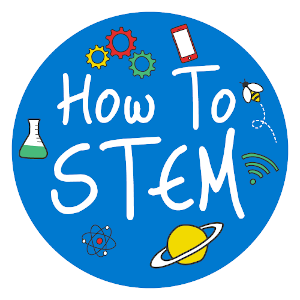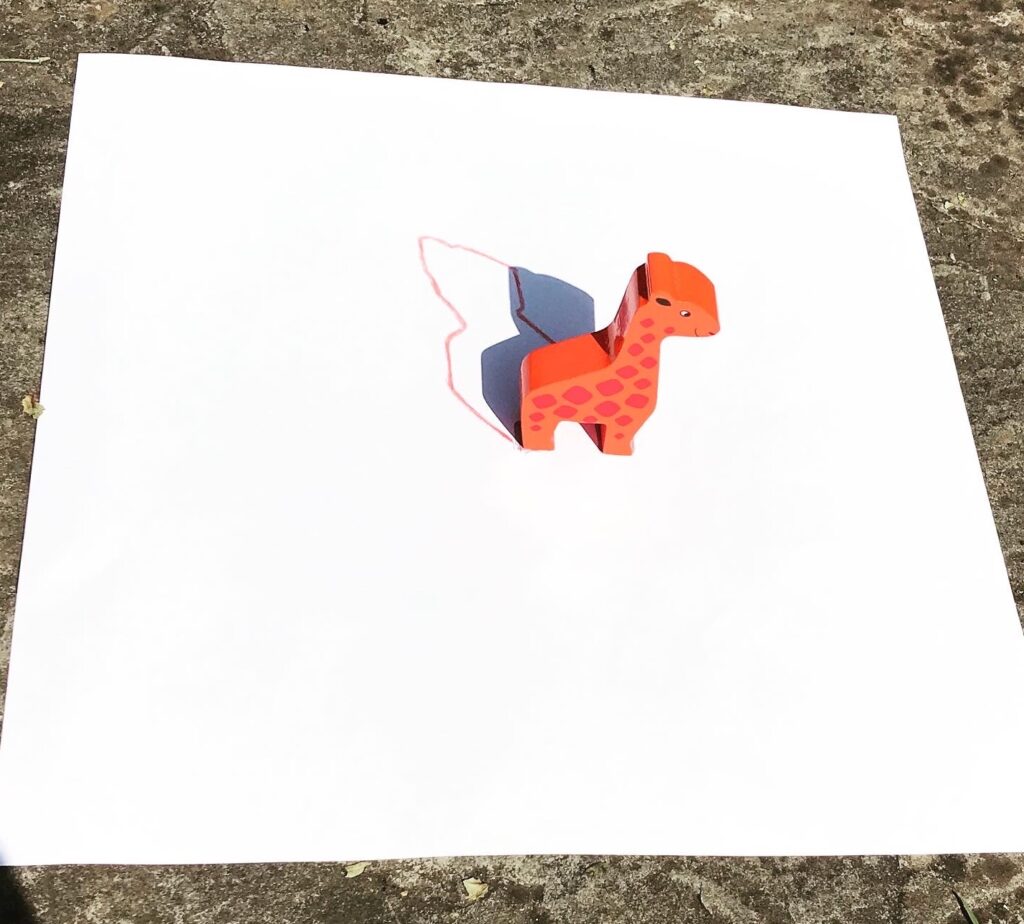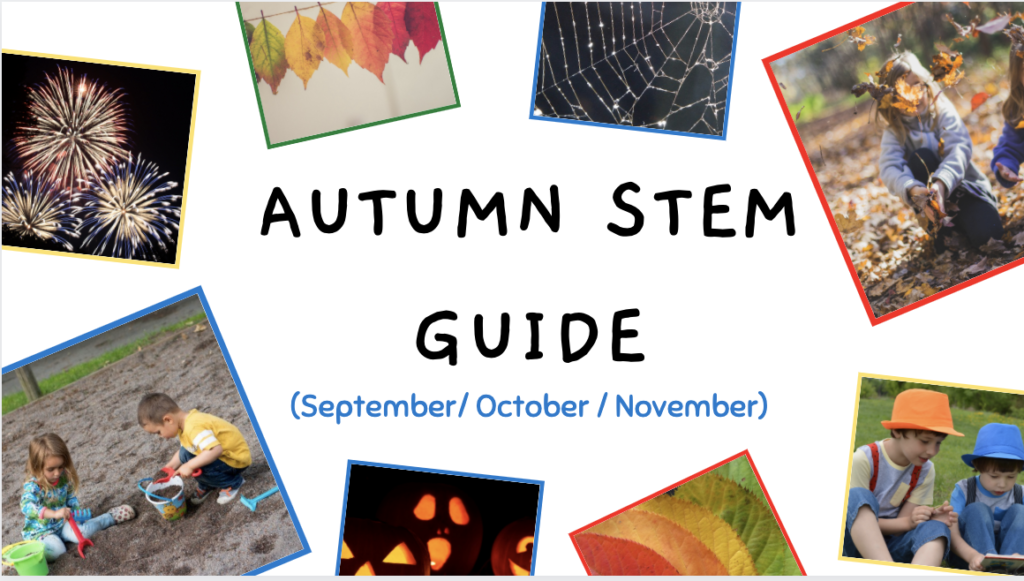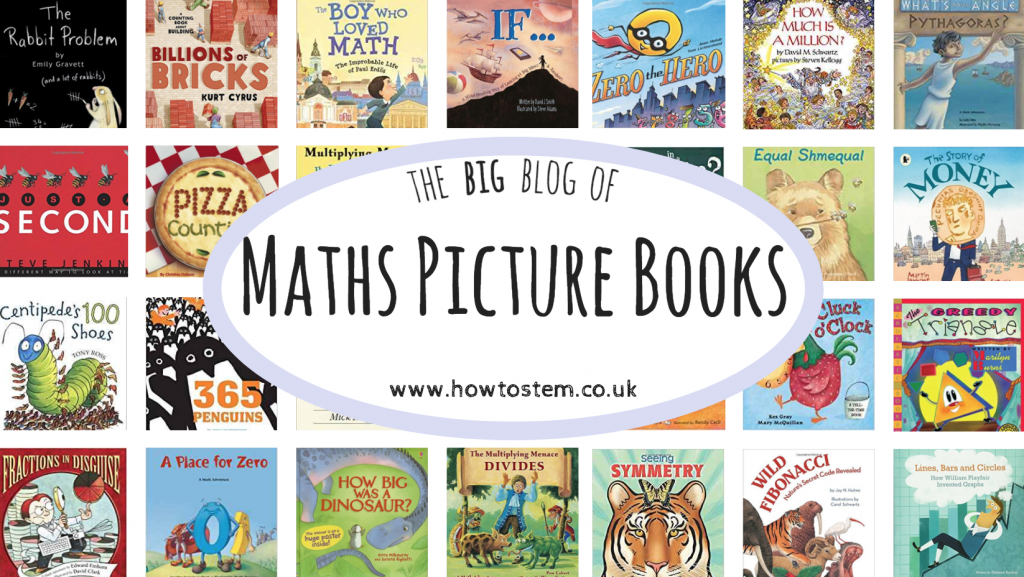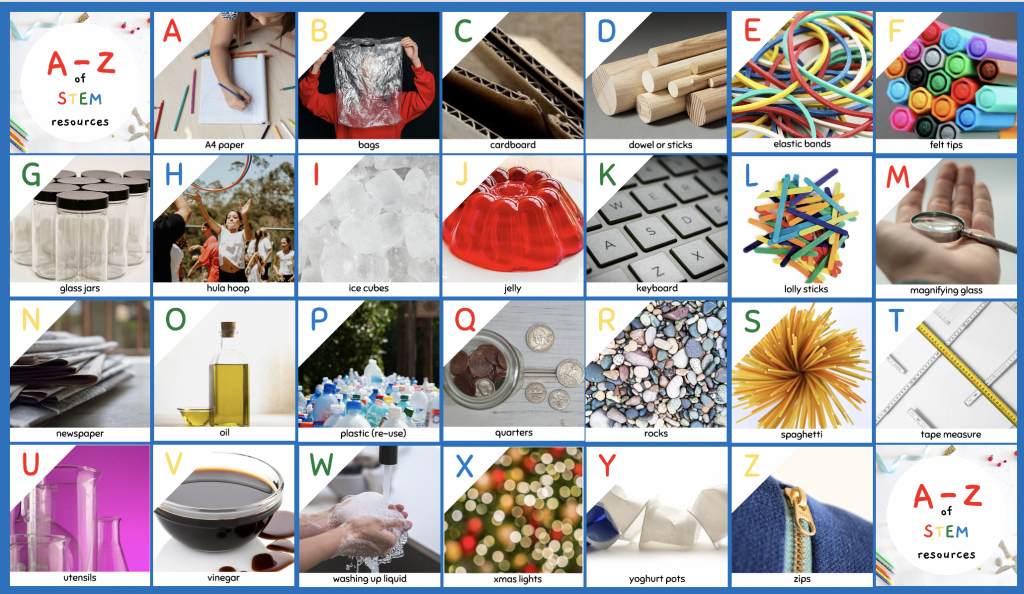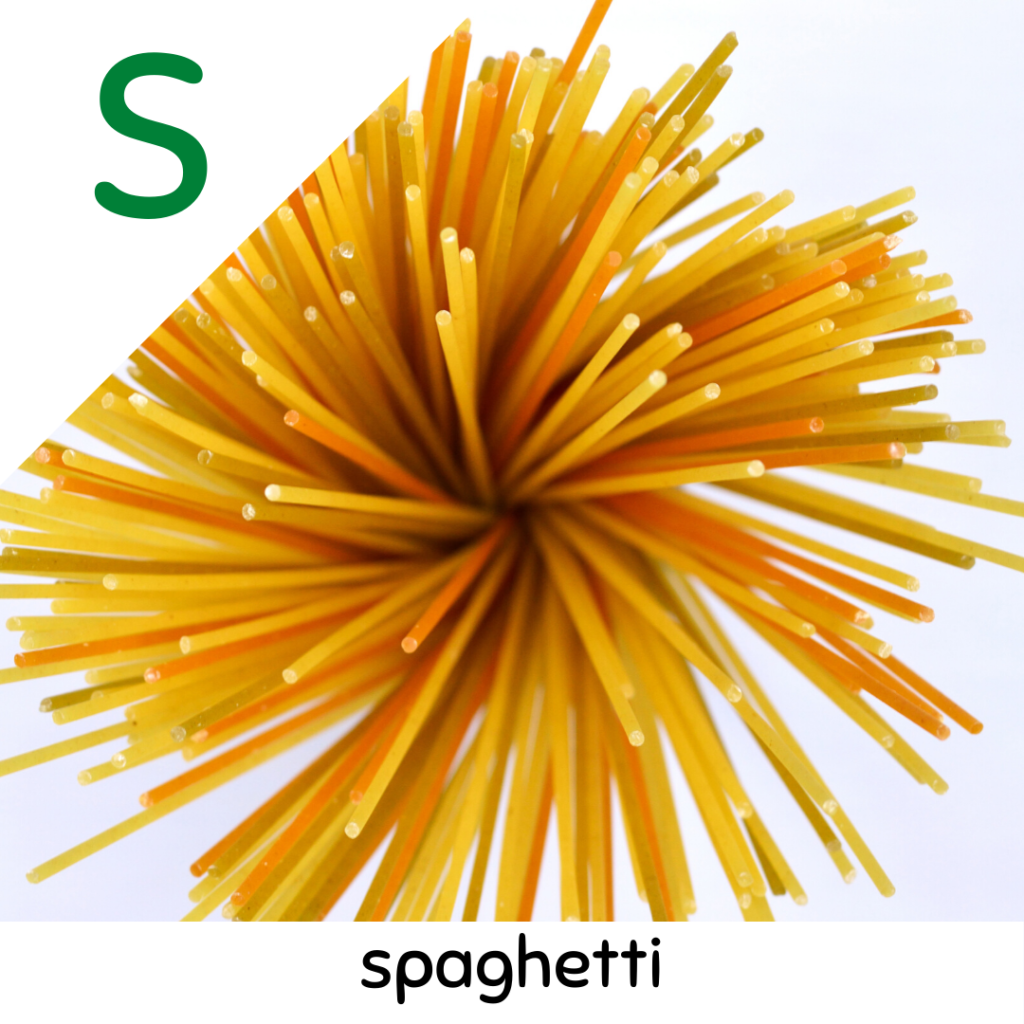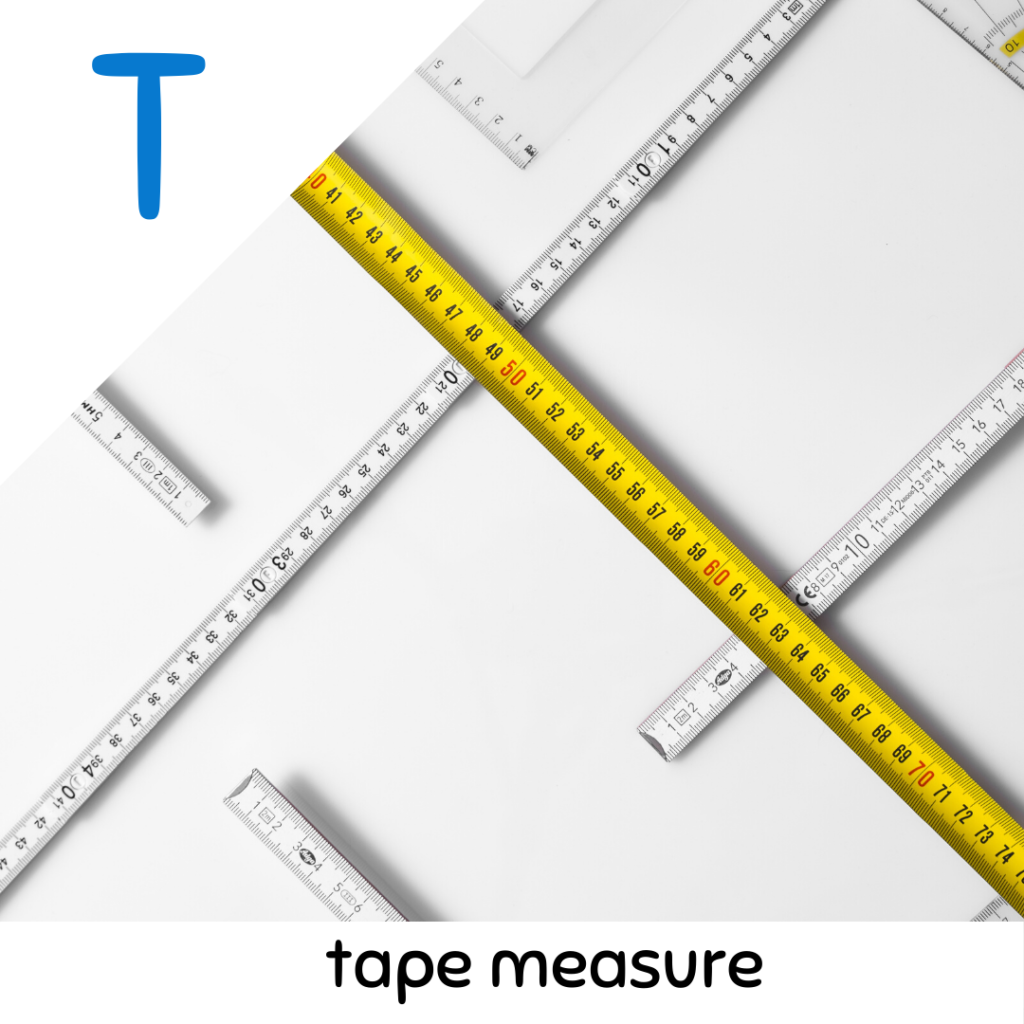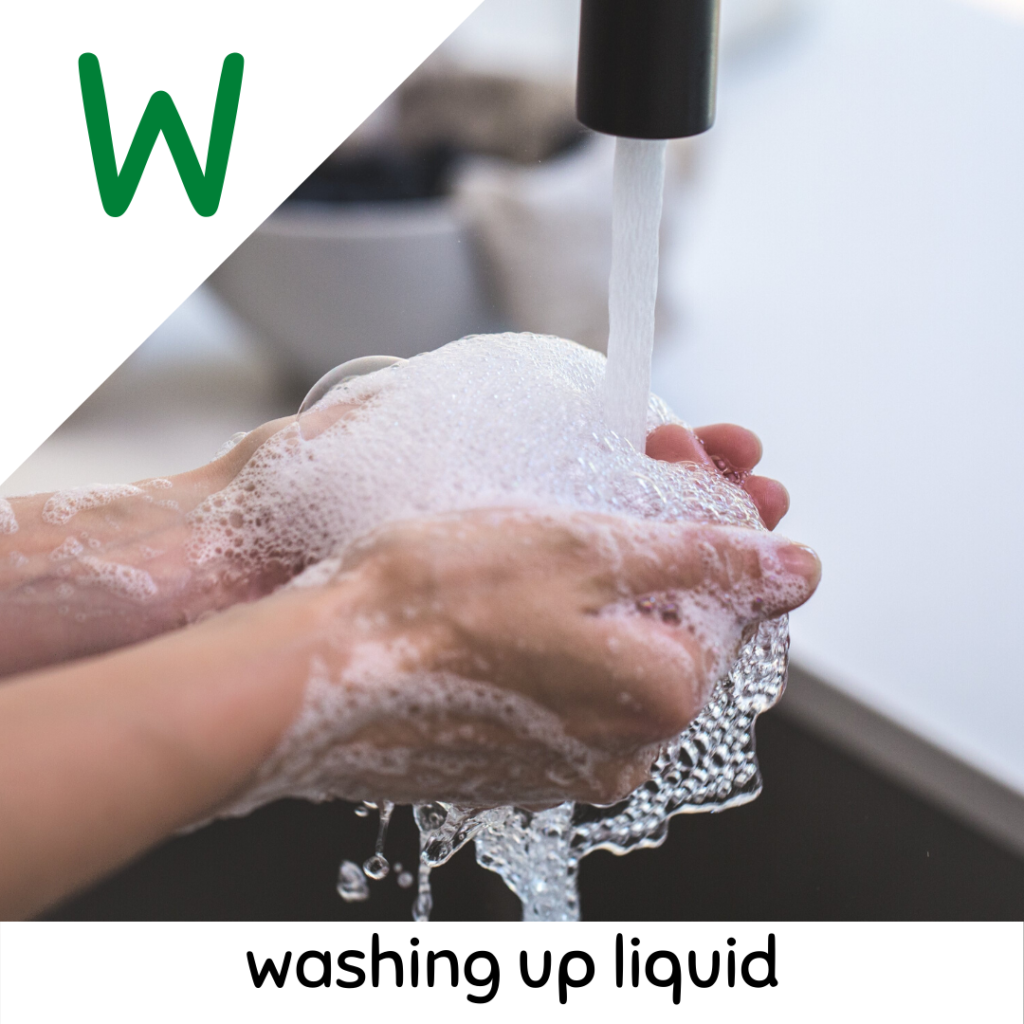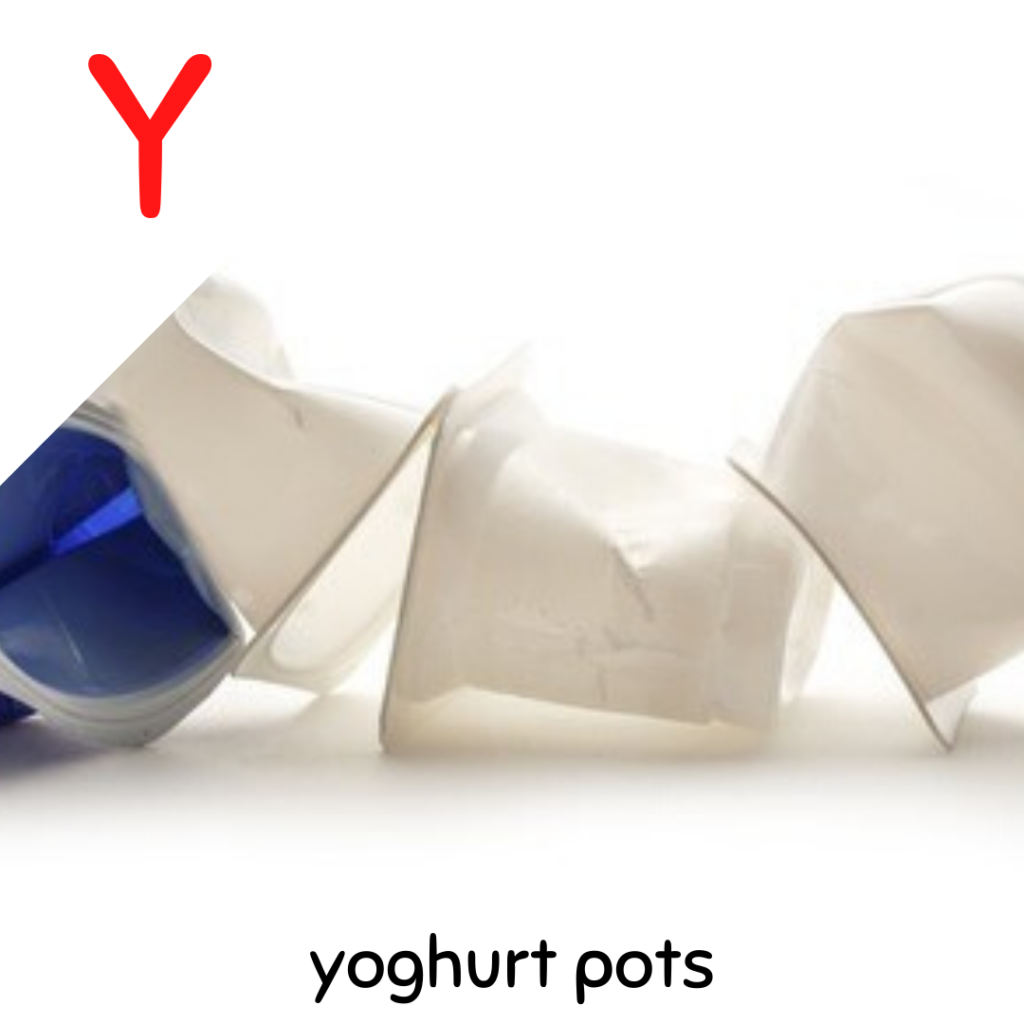
STEM education… we hear those words a lot nowadays. We know that STEM (science, technology, engineering and mathematics) will play a crucial role in shaping our futures. STEM education is a cross-discipline approach to teaching these subjects with problem solving at its heart. Great STEM education works through activities with real-world applications, helping children to understand how their learning is relevant and how they could use it in the future.
But how do we get started with it?
Here are 5 quick, easy to implement ways to help get you started.
Remember…
Start with these small steps and you’ll steadily see the STEM culture in your classroom grow!
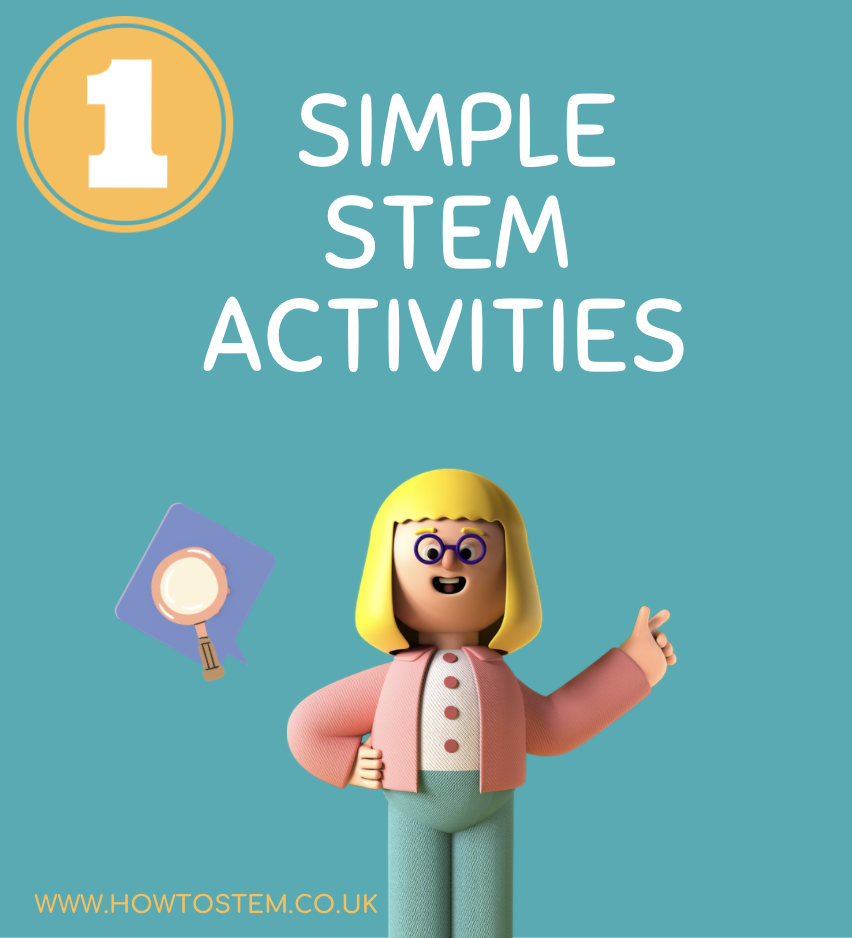
STEM activities with a practical, real-world purpose are a really fun way to engage children with STEM education. Not only that but they’re a great way to get children working collaboratively – perfect for the start of the academic year!
I truly believe that it’s possible to slot high-quality STEM education into those spare 15 minutes in your day.
Take my 15-Minute STEM books. Each book contains 40 activities, each starting with a curiosity question to spark interest and excitement. They give you activity instructions and an explanation of the learning. There’s even suggestions for further investigation if you wish to take the activity further.
Or check out the free STEM activities on our website here. New activities are added regularly!
How to get started with simple STEM activities:
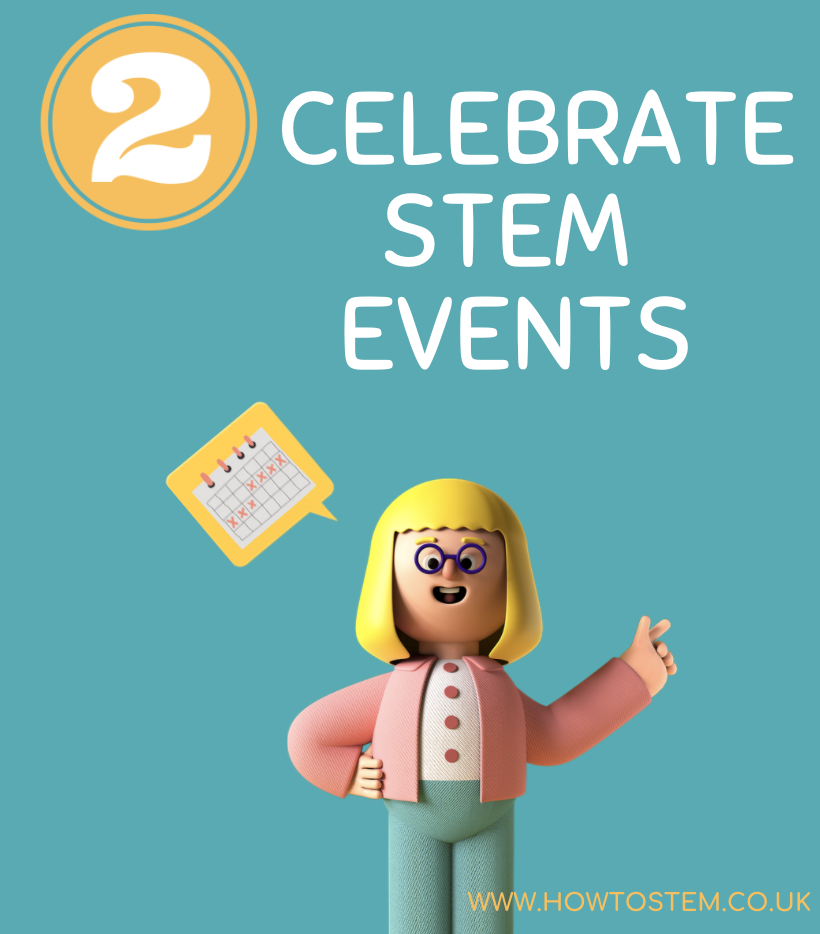
Our year is packed full of rich opportunities to set STEM education within a real-world context. From seasonal celebrations such as Halloween or Easter to special days/weeks such as National Space Week or Ada Lovelace Day.
It’s always good to be aware of whats coming up each month so you can plan opportunities to link your STEM learning to it. For example, Autumn is the perfect time to try out our free Frozen Fireworks activity.
We’ve put together a handy guide for each season so you can plan ahead. You can find these in our blog section. We also recommend you make links to local events going on in your community, as well as to global events going on in the news.
How to get started with celebrating STEM events:
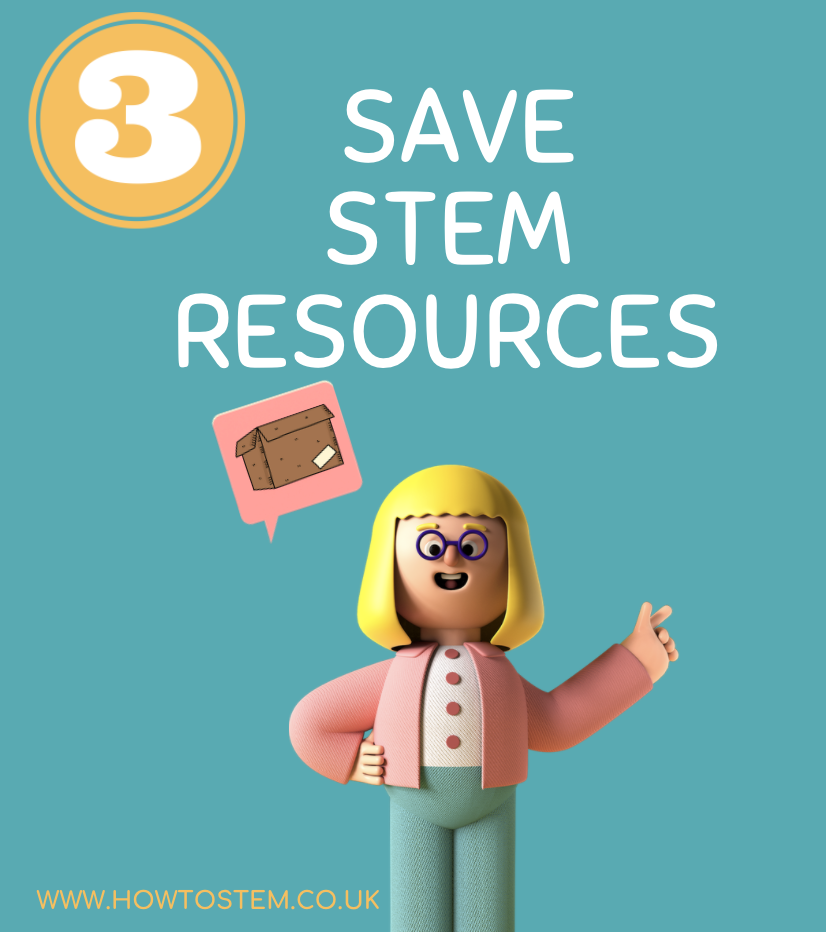
When you think STEM education, what kind of equipment comes to mind? Robotics, Raspberry Pi, 3D printers… expensive stuff!
STEM education doesn’t need to break the budget. It can also be all of these things: cardboard boxes, lolly sticks, yoghurt pots and elastic bands. The kinds of things we have lying around our homes and classrooms.
Instead of throwing these things out, save them up, safe in the knowledge they will soon come in handy for a STEM activity! Over time you could build up a class or school ‘Makerspace’, an area to store creative materials. For now a box in your cupboard will do.
How to get started with saving STEM resources:
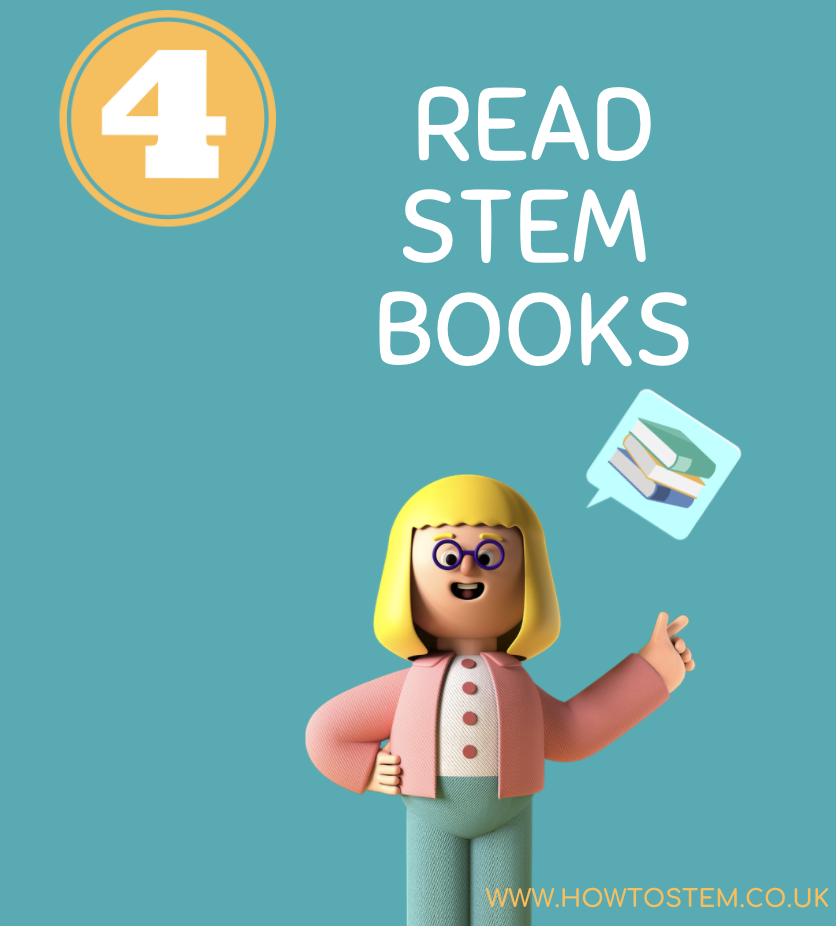
It’s easy to underestimate the influence of a book on a child’s understanding of the world. Stories help to shape children’s perspectives and form their understanding of cultural and gender roles. What better way to teach the importance of STEM skills than through a book?
There are lots of fantastic fiction books around that your class will love. See below for some of our suggestions, including seasonal STEM books and maths picture books.
STEM books are also a great way to address diversity and challenge stereotypes in STEM. They help to introduce positive role models and to raise the profile of influential people in STEM.
How to get started with reading STEM books:

What better way to bring STEM education to life than with STEM visitors. When we invite in people working in STEM careers we not only help to educate children a bit more about the world of work but also to introduce them to a range of positive role models.
Why not start with the school playground? Reach out to the parents in your school community to see if they would be willing to speak to the class about their jobs. You may well be surprised by the offers you get!
Additionally try approaching local companies and businesses. You will find they are often only too happy to help out and some really productive relationships can come about as a result of this.
